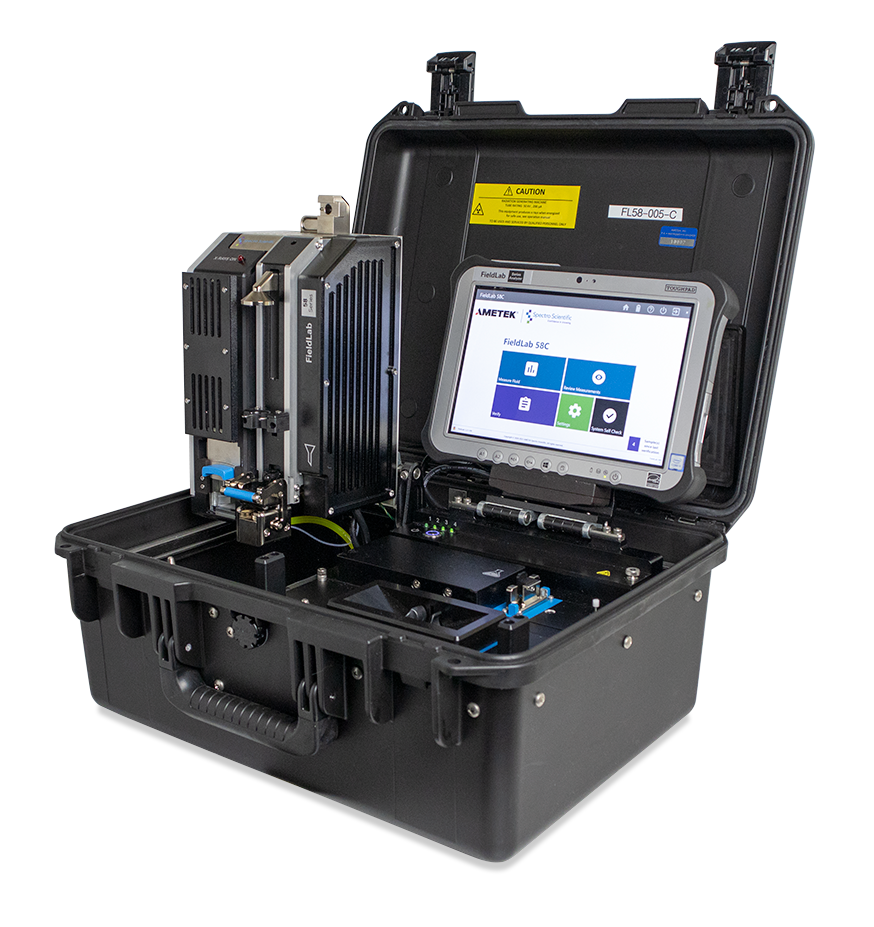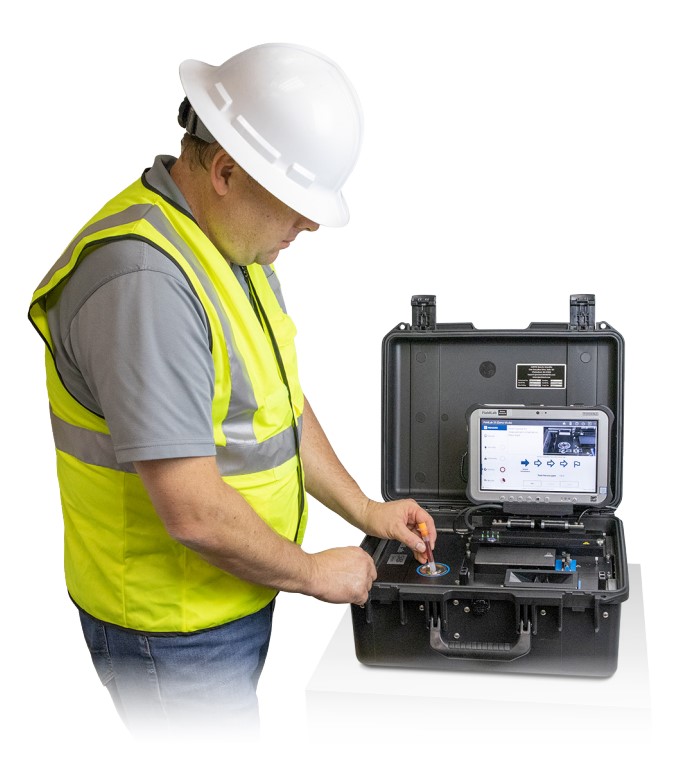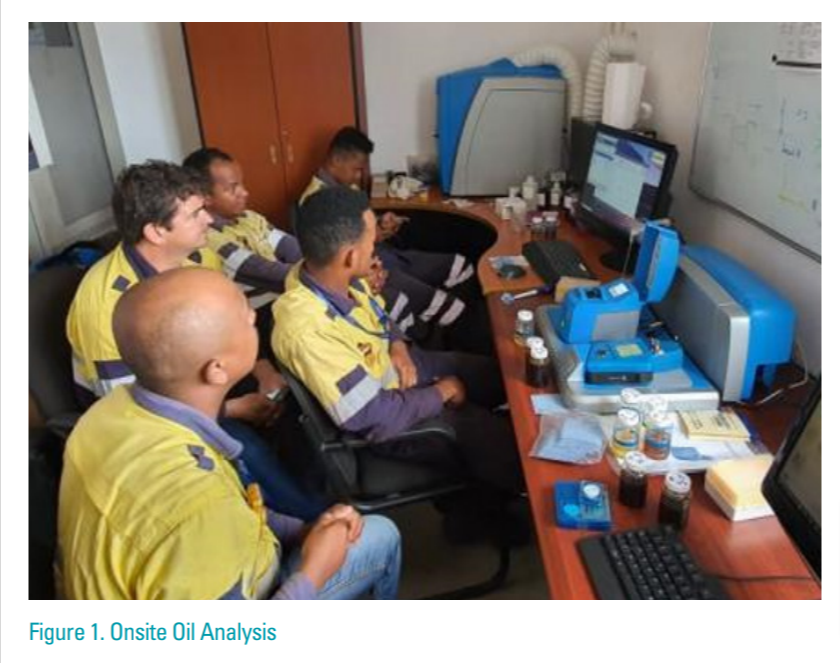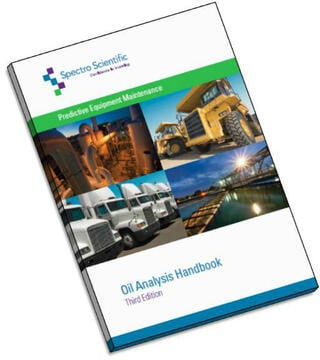Exploration Rigs insist on Oil Analysis
For many years, rig operators have used oil analysis as an essential tool for routine maintenance and future cost avoidance. On oil rigs, equipment failures risk employee safety, and missed production targets are realized very quickly. The remote locations of offshore rigs make routine maintenance very expensive. In most cases, skilled people and supplies can only reach the platform by ship or helicopter so the cost of bringing technical specialists, replacement equipment, spare parts and tools to the platform is high.
Read More
Topics:
Case Study,
Fleets,
Mining,
Tribology
Introduction
Downtime for critical equipment is costly in terms of dollar expense, productivity and human lives. Oil analysis is one of the most important and reliable techniques to keep these assets up and running.
Read More
Topics:
Industrial,
Fleets,
Mining,
Tribology,
White Paper
Introduction
This article is the first in a series to make a strong case for performing more and better testing of in service lubricants in order to replace unplanned repairs and unplanned downtime with planned repairs during scheduled time. In other words, this article is about using oil analysis to help improve reliability, planning and scheduling. More and better testing involves more lubricant sample points with better focus on large wear particle analysis.
Read More
Topics:
Industrial,
Fleets,
Mining,
Tribology,
White Paper
Introduction
Comprehensive oil analysis requires sampling, testing and analyzing in-service industrial lubricants to evaluate the wear condition of machinery, the contamination condition of lubrication systems, and chemistry condition of the lubricants. This article intentionally focuses attention on analysis of large wear particles because the resulting analysis information enables informed users time for planned maintenance instead of surprise, reactive unplanned repairs.
Read More
Topics:
Industrial,
Fleets,
Mining,
Tribology,
White Paper
Practical Steps to Increase Your Site’s Ability to Detect
and Manage Abnormal Lubrication Events
There is a lot of discussion about artificial intelligence (AI), internet of things (IoT) and how these can be applied in all areas of reliability programs, particularly oil analysis. In this technology, many users struggle to understand and trust how alarms are set, maintained, and adapted to meet the changing conditions with lubricated mechanical equipment. All of these intelligence initiatives are ineffective if the data is not trustworthy.
Read More
Topics:
Industrial,
Fleets,
Mining,
Tribology,
White Paper
Spectro Scientific's Oil Analysis Handbook
This Oil Analysis Handbook covers a wide variety of topics ranging from specific oil analysis techniques to applications for oil analysis, to success stories of companies that use on-site oil analysis to lower costs and improve uptime. The applications for oil analysis range from mining and trucking to water treatment, service providers, and industrial plants. Learn how to improve reliability while cutting maintenance costs and avoiding costly downtime.
Read More
Topics:
Industrial,
Case Study,
Fleets,
Mining,
Tribology
Point of care solutions provide the maintenance team with accurate answers about equipment when needed. This is especially important when teams are working in 24/7 operations. Waiting for data to come back in days or weeks to make important decisions is not viable.
Oil analysis is essential to identify problems so they can be corrected before they cause equipment to go down for major repairs. A multinational mining firm was using an outside lab for oil analysis, but there were some real limitations with this approach:
- The cost of this approach limited the number of samples that could be analyzed.
- In addition, the four-day lead time to receive the results created the risk that damage could occur before results were obtained.
- Further, unpredictable delays or interruptions in shipping to the off-site lab can have huge impacts to keeping critical machinery running.
They overcame this problem by creating an in-house lab based on the SpectrOil 100 rotating disk electrode (RDE) atomic emission spectrometer and the Spectro FTIR oil analyzer. The mine can now obtain oil analysis results in only 12 minutes, and the reduced cost per sample has made it possible to increase the number of samples analyzed by nearly a factor of ten. In its first year of operation, the in house lab has identified savings of over a million dollars in downtime and over a million dollars in repairs with several of the larger incidents generating savings that completely paid for the purchase price of the instruments.
Read More
Topics:
Case Study,
Fleets,
Mining







